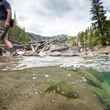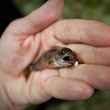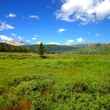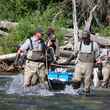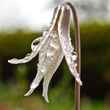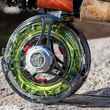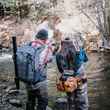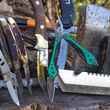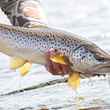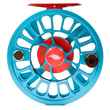When you spend a lot of time in fly fishing circles, being a greenhorn on the oars makes you a bit of a pariah. Or, at least, it makes you feel like one. Amongst avid anglers or industry folk, there exists an assumption that you know what you’re doing around boats. Oars, ropes, anchors and so on and what to do with them is treated as instinctive knowledge, leaving those that lack it on the outside.
Count me amongst the drift boat hayseeds. It’s not that I’m perplexed by boats, I just didn’t grow up around them. Sure, I’ve rowed john boats on bass ponds, paddled canoes and kayaked a bit, but none of that does anything to prepare you for handling a 4-500 lb. drift boat in heavy current.
Here in East, where drift boats don’t dot every driveway, this less of an offense. Even in trouty Pennsylvania, the closest driftable trout river to me is ninety minutes away, and the next one after that is another ninety. Given that the vast majority of our trout fishing is done on foot, lacking the capacity to handle a boat hasn’t meant missing all that much water.




